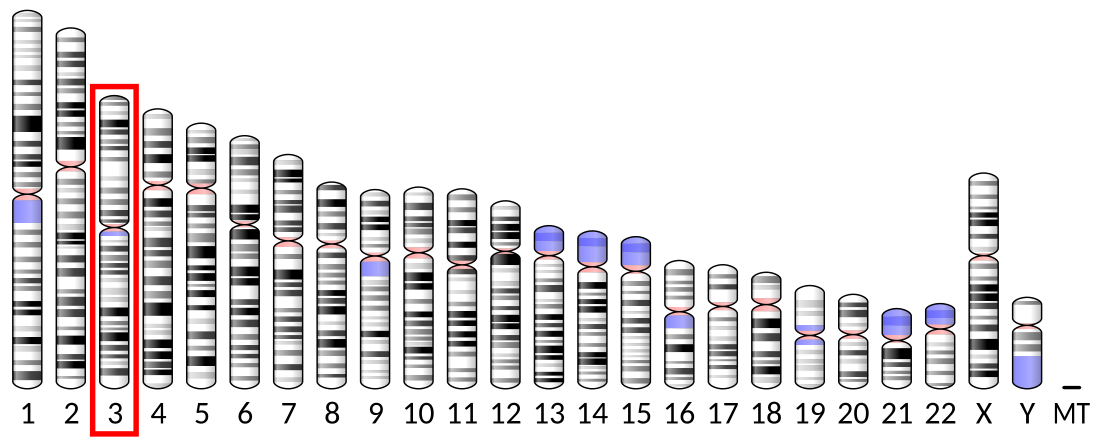V-type proton ATPase catalytic subunit A is an enzyme that in humans is encoded by the ATP6V1A gene.[5][6]
Quick Facts Identifiers, Aliases ...
| ATP6V1A |
|---|
|
| Identifiers |
|---|
| Aliases | ATP6V1A, ATP6A1, ATP6V1A1, HO68, VA68, VPP2, Vma1, ATPase H+ transporting V1 subunit A, ARCL2D, IECEE3, DEE93 |
|---|
| External IDs | OMIM: 607027; MGI: 1201780; HomoloGene: 123934; GeneCards: ATP6V1A; OMA:ATP6V1A - orthologs |
|---|
|
|
|
|
|
| Wikidata |
|
Close
This gene encodes a component of vacuolar ATPase (V-ATPase), a multisubunit enzyme that mediates acidification of eukaryotic intracellular organelles. V-ATPase dependent organelle acidification is necessary for such intracellular processes as protein sorting, zymogen activation, receptor-mediated endocytosis, and synaptic vesicle proton gradient generation. V-ATPase is composed of a cytosolic V1 domain and a transmembrane V0 domain. The V1 domain consists of three A and three B subunits, two G subunits plus the C, D, E, F, and H subunits. The V1 domain contains the ATP catalytic site. The V0 domain consists of five different subunits: a, c, c', c", and d. Additional isoforms of many of the V1 and V0 subunit proteins are encoded by multiple genes or alternatively spliced transcript variants. This encoded protein is one of two V1 domain A subunit isoforms and is found in all tissues. Transcript variants derived from alternative polyadenylation exist.[6]






